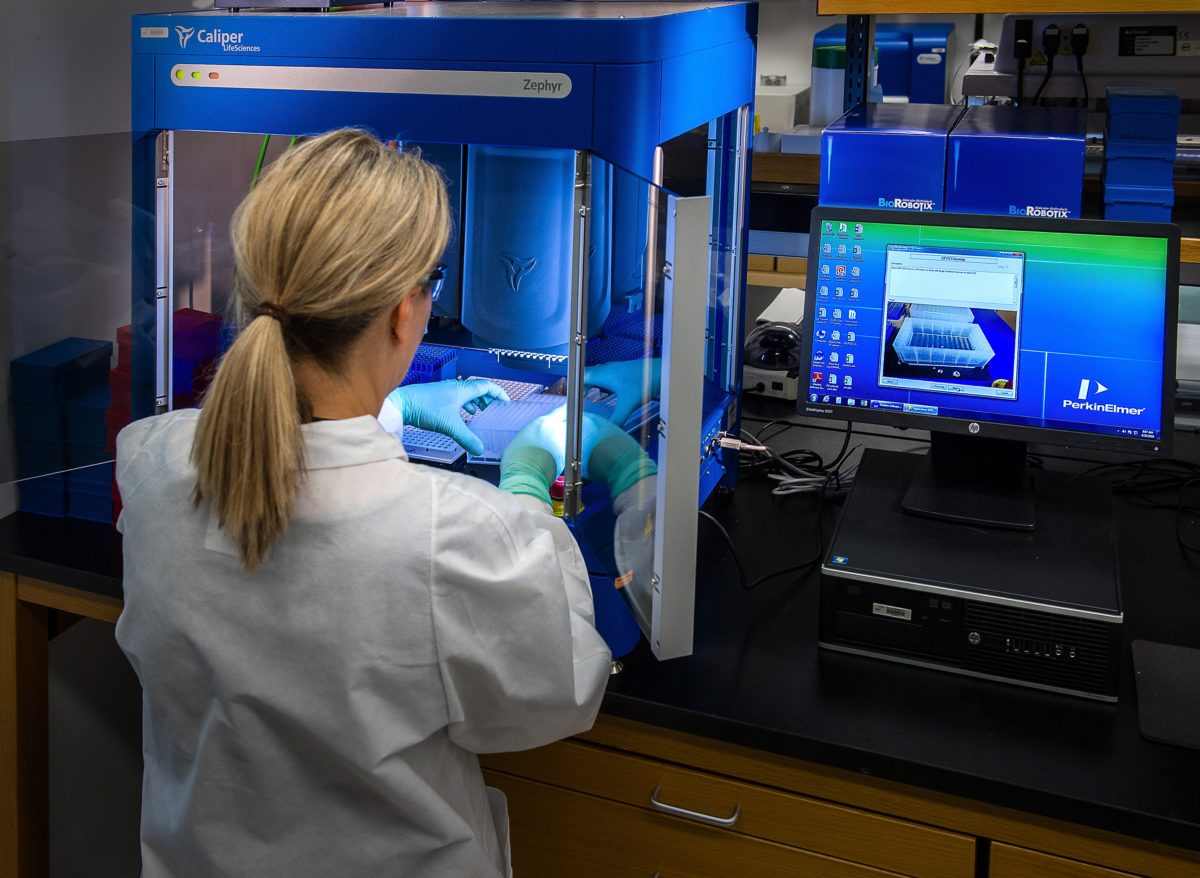Hardware accounts for the bulk of the processes mapped out within the DO-254 framework, especially when it comes to more complex protocols of avionics systems. From a management standpoint, understanding the hardware impact of DO 254 is critical as well. Participants in the avionics industry focus heavily on airline security and safety, which is why hardware is of paramount importance.
There are key objectives that major training programs aim to capture, within the greater DO-254 domain. These may include understanding the specific requirements under the FAA and EASA, as well as defining the assessments and design assurances for each hardware component. Standardization is the key to safety within the hardware space, which is why training programs need to focus on hardware compliance.
Hardware Planning and Design
Students will be able to learn about the right methodologies and practices when it comes to hardware planning and design. These guidelines will be able to provide the best approaches when it comes to designing cost-effective hardware applications. You’re also able to maximize efficiency when you’re working with an extensive framework such as the DO-254 at the planning stage.
Common DO-254 mistakes can also be rectified at this stage, which allows companies to save significant costs when developing the right products. The hardware components can be tested frequently to decipher their compliance with the guidelines provided under DO 254.
Comprehensive Safety Assessments
Students should be able to perform comprehensive safety assessments to ensure that hardware devices are compliant with the guidelines. These safety assessments can be in the form of a checklist, an extensive review or a stepwise analysis of the overall processes. Comprehensive safety assessments also allow you to focus on
The relationship of DO 254 with the ARP-4761 for Safety and ARP-4754A for Systems Development, is also important to review within the hardware domain. Students should be able to perform comprehensive safety assessments while leveraging the core guidelines outlined within these complementary frameworks.
Simulation and Hardware Testing
Programs teach students how to perform simulations on hardware components within the avionics system so that they’re better prepared when they’re out in the field. They can also perform simulations on key devices so that they’re able to analyze the results better. Simulations help in refining the hardware system better while allowing you to check for key requirements within the domain.
Hardware testing is an important domain as well, being of preliminary importance in many domains within avionics. Students will emerge empowered to perform testing on a range of hardware devices, to gauge their compliance to standards issued under DO-254. That’s why opting for a comprehensive program is beneficial, as the impact is significantly greater when the curriculum is extensive.
Finding a Comprehensive Training Program
A comprehensive training program ensures that you’re learning the right set of skills under their watch. You’re able to get hands-on with the hardware installed in an avionics machine while controlling various aspects of the flight machine. This is exactly where a dedicated instructor adds significant value to participants opt for a comprehensive DO-254 program.
There are many new requirements under the FAA and EASA, which is why you should opt for a thorough firm in the space of avionics training. They’re able to educate you on the best practices in the domain, while giving you the right strategies to master DO-254, DO-178, and additional safety-critical standards.
Comprehensive hardware training programs also focus on requirements under EASA, such as CAST-27 and AC 20-152. These may be used in conjunction with DO-254, which is why they’re important to learn about as well. Students graduating from the training program should be adept at performing HWPA quality assurance tests with an extensive review walkthrough list.





